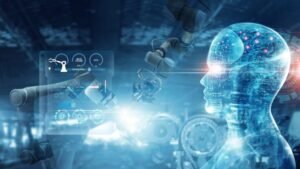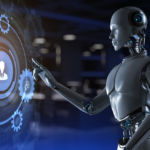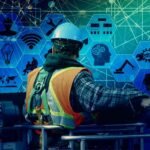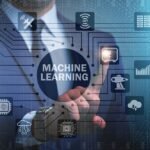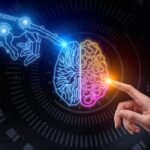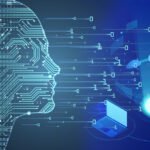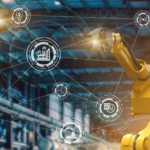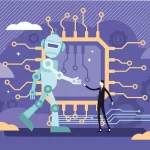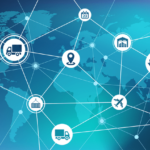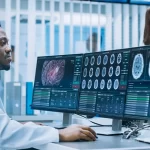AI in Precision Agriculture: Optimizing farming practices with AI-driven technologies.
In a world facing increasing challenges related to food security and sustainable agriculture, the integration of Artificial Intelligence (AI) in precision agriculture has emerged as a groundbreaking solution. By leveraging cutting-edge technologies and data-driven insights, AI is revolutionizing traditional farming practices, optimizing resource allocation, and fostering greater efficiency and productivity. This blog explores how AI-driven technologies are transforming agriculture and paving the way for a more sustainable and prosperous future.
What is Precision Agriculture?
Precision agriculture, often referred to as smart farming or digital farming, is an innovative approach to crop management that utilizes real-time data and technology to make informed decisions. Unlike conventional farming, where entire fields are treated uniformly, precision agriculture allows farmers to tailor their practices to individual plants or small sections of the field. This targeted approach maximizes productivity while minimizing waste, resource usage, and environmental impact.
The Role of AI in Precision Agriculture
AI has become a game-changer in precision agriculture by enabling the integration and analysis of vast amounts of data from various sources, including weather patterns, soil conditions, crop health, and even drone or satellite imagery. The key AI-driven technologies powering precision agriculture include:
- Predictive Analytics: AI algorithms can analyze historical data to forecast future crop yields, disease outbreaks, and weather patterns. These predictions enable farmers to plan their planting, irrigation, and harvesting schedules more effectively, optimizing resource utilization.
- IoT Devices: Internet of Things (IoT) sensors are deployed across farmlands to collect real-time data on soil moisture, temperature, and nutrient levels. AI processes this data and provides valuable insights, helping farmers make informed decisions about irrigation, fertilization, and pest control.
- Drones and Satellites: AI-powered drones and satellites capture high-resolution images of crops, allowing farmers to monitor plant health and detect early signs of diseases or nutrient deficiencies. These insights enable precise interventions, reducing the need for broad-spectrum chemical treatments.
- Robotics and Automation: AI-driven robots equipped with computer vision and machine learning capabilities are revolutionizing tasks like planting, weeding, and harvesting. They not only streamline operations but also reduce labor costs and minimize soil compaction.
Benefits of AI in Precision Agriculture
- Enhanced Productivity: By optimizing resource allocation and identifying potential issues before they escalate, AI empowers farmers to achieve higher crop yields and overall productivity.
- Sustainable Practices: Precision agriculture, enabled by AI, promotes responsible use of resources, such as water and fertilizers, reducing waste and environmental impact.
- Cost Savings: AI-driven technologies streamline farming processes, leading to cost reductions in labor, inputs, and equipment maintenance.
- Improved Decision-Making: With data-driven insights and predictive analytics at their disposal, farmers can make more informed decisions, mitigating risks and maximizing returns on investments.
- Food Security: The increased efficiency and productivity brought about by AI in agriculture contribute to global food security by meeting the demands of a growing population.
Challenges and Future Outlook
While AI in precision agriculture holds tremendous promise, it also faces some challenges. Data privacy and security concerns, access to advanced technologies in rural areas, and the need for farmer education and training are among the significant hurdles. However, as technology continues to evolve and becomes more accessible, these obstacles are likely to be addressed.



